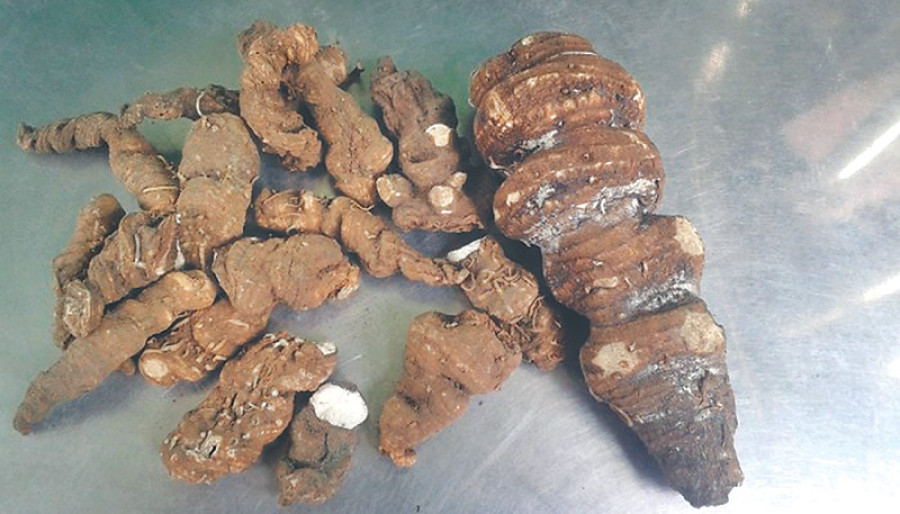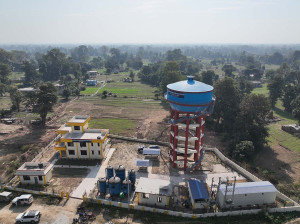Money
Higher returns prompt farmers to grow herbs
Farmers in the highlands of east Nepal have been earning a handsome income by growing Satuwa, an herb which is used as a pain reliever.
Bidhya Rai
Farmers in the highlands of east Nepal have been earning a handsome income by growing Satuwa, an herb which is used as a pain reliever.
Many farmers have switched to cultivating herbs commercially and abandoned traditional crops like maize, millet, potatoes and buckwheat because of the higher returns.
Satuwa (Paris polyphylla) is one of the medicinal plants that has attracted farmers. They said that they started growing Satuwa after the production of Chiraito, another traditional medicinal herb, started to decline due to pest infestation. The price of Chiraito has also dropped sharply in the last few years.
The Satuwa plant can be used as a pain reliever, antichlor to remove excess chlorine, antispasmodic medicine and medicine to treat diphtheria and epidemic Japanese B encephalitis. A mixture of its roots and rhizomes can be used to treat poisonous snake and insect bites.
Farmers in Boya, Sangpang, Kimalung, Tugechha and other areas have been producing Satuwa on a commercial scale.
Chiraito cultivation was popular in the highland areas until two and a half years ago. However, a sudden decline in the market value of the herb prompted many farmers to switch to Satuwa farming. Until 2007, Satuwa farming had not attracted the attention of farmers. “Satuwa used to be considered as a grass and weed, so people used to neglect it,” said farmer Prom Dorchi Sherpa. “Now, it has become an expensive herb,” he said, adding that farmers had started cultivating the herb on a commercial scale due to its high value.
Sherpa has been expanding the acreage every year due to higher profits. According to Sherpa, he planted 150,000 Satuwa saplings last year. This year, he has planted an additional 250,000 saplings. He even has a nursery for the herb plant.
Sherpa said that he earned Rs600,000 last year from his Satuwa crop and has targeted earning Rs800,000 this year. Currently, the price of Chiraito is Rs6,000 per kg while Satuwa fetches Rs10,000 per kg. According to Sherpa, the net profit from his farm amounts to Rs200,000 to Rs300,000 annually.
“Growing Satuwa is easy and it generates higher profits compared to other cash crops,” said another farmer Tem Lamu Sherpa. “As highland fields have low productivity and the income from cash crops like maize and buckwheat is not enough, farmers have been attracted towards Satuwa.” Tem Lamu added, “There is no difficulty finding buyers for Satuwa too. Traders come to the farmer’s door to buy the herbs.”
The herb is mainly exported to India and Bangladesh. Satuwa is farmed at altitudes ranging from 1,800 to 3,500 metres.




 20.12°C Kathmandu
20.12°C Kathmandu













